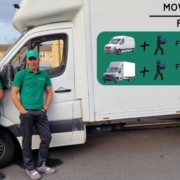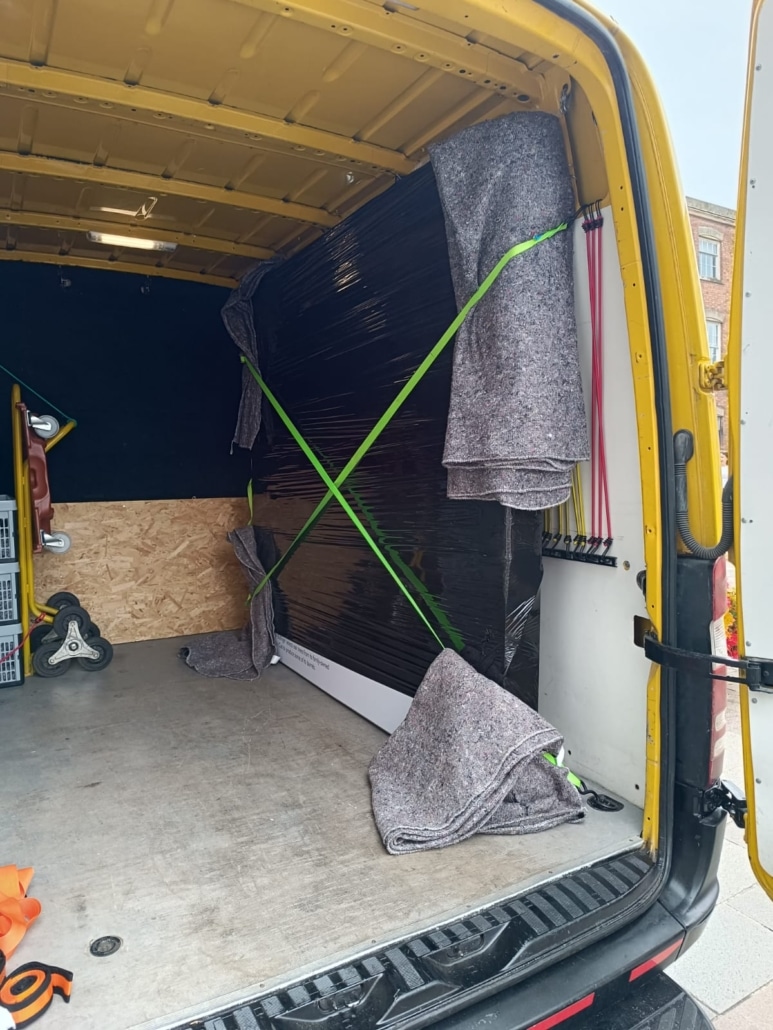Why man and van removals service is so popular?
The popularity of man and van services in the UK has surged in recent years, and for good reason. As more people seek efficient and cost-effective solutions for their moving needs, these services have proven to be a game-changer. Whether you’re moving house, relocating an office, or even making a long-distance move, a man and van service offers unparalleled convenience.
Unlike traditional moving companies that often come with hefty price tags and complex logistics, man and van services provide flexibility that caters to your specific requirements. They are ideal for student moves where budgets are tight but the need for reliable transport is high. Additionally, businesses are increasingly turning to these services for office moves due to their efficiency and adaptability.
National removals have also seen a rise in demand through man and van options. With experienced drivers familiar with various routes across the country, you can trust that your belongings will be transported safely and promptly. The combination of affordability, reliability, and personalized service makes man and van offerings an attractive choice for anyone looking to transition from one place to another smoothly. Embrace this trend; it’s clear that when it comes to removals in the UK, man and van services are leading the way!
A man and van service can be very beneficial, offering several advantages depending on your needs. Here are some key positives of using a man and van service:
1. Cost-Effective
Compared to hiring a full-sized moving company, a man and van service tends to be more affordable, especially for smaller moves or tasks. You’re usually only paying for the van and the driver (who may also help with loading/unloading).
2. Convenient for Smaller Loads
If you don’t have a lot of items to move or if you need help with only a few heavy pieces (like furniture), a man and van is the perfect solution. It’s ideal for studio flats, single rooms, or even transporting a few large items.
3. Flexible and Quick
Man and van services often offer a quicker and more flexible experience. They can typically work around your schedule and provide same-day or next-day service, which might be harder to arrange with larger moving companies.
4. Personalized Service
Since it’s usually a small team (just one or two people), you’re likely to get a more personalized experience. The driver is typically hands-on, and you can expect more tailored service, like advice or extra care for fragile items.
5. Easy to Book
Man and van services are generally very easy to book, with many offering online booking options or the ability to schedule via a phone call. You don’t have to deal with the more complicated process of booking a full-scale moving company.
6. Versatile
These services can be used for more than just moving home. They’re also helpful for transporting things like large furniture, office equipment, or even picking up items from a store or auction.
7. Access to Smaller Locations
A man and van can often reach places that larger moving trucks can’t. Whether it’s narrow streets, small driveways, or locations with limited parking, a van can usually navigate tight spaces more easily.
8. Less Stressful
Having someone assist you with the loading, transport, and unloading of items can reduce the stress of moving, especially if you’re not used to carrying heavy or bulky items.
9. Environmentally Friendly Options
Some man and van services use smaller, more fuel-efficient vehicles, which can be better for the environment compared to larger trucks.



















